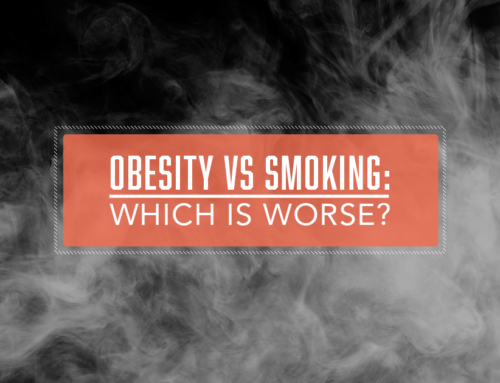Did you know that cancer costs the human race more lost in productivity and lost life than the flu, malaria, AIDS,and other diseases that spread person-to-person? Nevertheless, cancer is way down on the list of global health priorities. So says the American Cancer Society in its first major report looking at the economic cost of cancer in terms of global productivity.
About 7.6 million people died of cancer in 2008 (the latest statistical reports available). About 12.4 million new cases of cancer are diagnosed each year.
Cancer is the world’s costliest killer, as well as being the leading cause of death. As well, cancer’s economic toll on society – excluding the cost of treating the disease itself- was $895 billion in 2008 an amount that is equivalent to 1.5% of the world’s gross domestic product, reports the American Cancer Society. That’s in terms of disability and years of life lost not the cost of treating the disease, which wasn’t addressed in the report.
The researchers who compiled the analysis used the World Health Organization’s death and disability reports, as well as economic data from the World Bank. Disability-adjusted life years, which reflect the impact a disease has on how long and how productively people live,
Researchers used the World Health Organization’s death and disability reports, and economic data from the World Bank. They calculated disability-adjusted life years, which reflect the impact a disease has on how long and how productively people live.
The Center for Global Development, a Washington policy group, reports that chronic diseases such as heart disease, diabetes and cancer account for greater than 60% of all deaths worldwide, but comprise less than THREE percent of total public and private funding for global health, said Rachel Nugent of the Center for Global Development, a Washington-based policy research group.
“The amount of funding devoted to cancer is way out of whack with the impact it has,” states the society’s chief medical officer, Dr. Otis Brawley.
Experts posit that the growth of cancer diagnoses are due on part to increased levels of tobacco use and obesity, which have fueled an overall rise in chronic diseases, even as the rate of infectious disease has declined.
“How we are going to deal with this rising burden of chronic disease” is a topic for the United Nations according to Dr. Andreas Ullrich, the medical officer for cancer control at WHO has said on the subject. The United Nations General Assembly will address this in meeting planned for 2011, a move that may have the same impact on cancer funding that a similar global initiative had in leading to significant increases in AIDS spending a decade ago. But despite the urgency of the issue, any review of existing priorities is sure to be contentious.
In a separate article by the British medical journal Lancet, cancer scientists and advocates both urge more spending to fight cancer in poor countries.
“That has become a more and more common way of looking at the global burden of disease,” said Wendy Max, a health economist at the University of California, San Francisco, who is familiar with the work and the methods the researchers used.
Cancers tend to strike people much earlier in their life cycle compared to heart disease, partly accounting for its greater financial burden. Lung and related cancers account for $180 billion of the $895 billion total. Heart disease follows cancer, with an economic impact of $753 billion.
More than 4 in 10 Americans will receive a diagnosis of cancer some time in their lifetime. The Hospital Angeles Functional Oncology program takes a five step approach to our Smart Cancer Program, with a team approach that gives the patient a full seat at the treatment table with specialists in traditional as well as integrative medicine. Click the links below to learn more about this innovative approach to treating chronic disease:






